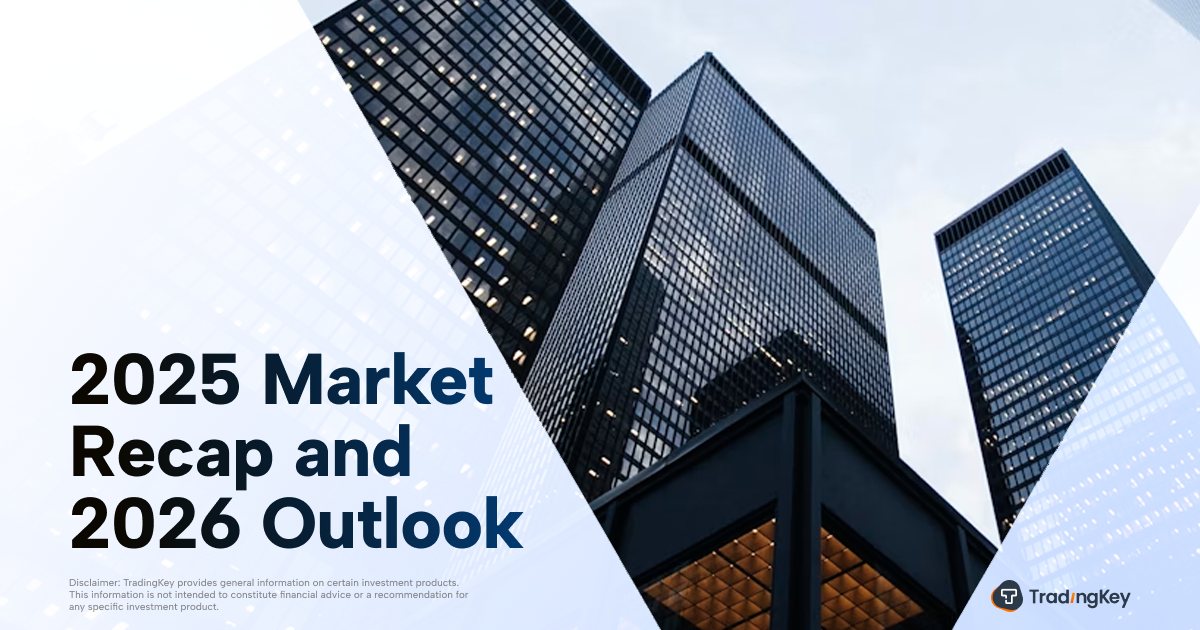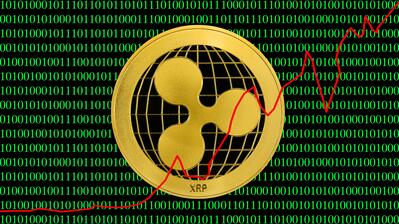US Dollar adds gains after PCE figures, focus on labor market

- US inflation, as measured by the PCE Price Index, remained unchanged at 2.5% YoY in July.
- The USD is gaining due to the strength of its economy while inflation is coming down.
- The labor market is still the focus for September's decision.
On Friday, the US Dollar, measured by the US Dollar Index (DXY), extended gains after the release of July's Personal Consumption Expenditures (PCE) Index, which showed inflation continuing to be kept at bay.
With inflation coming down and economic activity steady, the outlook justifies rate cuts by the Federal Reserve (Fed), whose chairman has already stated that there will be a cut in September. However, the PCE print may not have been dovish enough to persuade the central bank to start with a 50-basis-point cut.
Daily digest market movers: DXY gains ground after PCE figures
- Personal Consumption Expenditures (PCE) Price Index, the Federal Reserve's (Fed) preferred inflation gauge, remained unchanged at 2.5% on a yearly basis in July, below the market expectation of 2.6%.
- Core PCE Price Index, excluding volatile food and energy prices, also matched June's increase at 2.6%, below the market forecast of 2.7%.
- The data suggests that inflation is coming down, but the pace of the cutting cycle will be dictated by the incoming labor market data.
- CME FedWatch tool now shows a near 30% probability of a 50-basis-point rate cut in September, which has slightly declined.
Technical outlook: Bullish momentum increases, target now at 102.00
Technical analysis indicates a potential recovery for the DXY index. The Relative Strength Index (RSI) is trending upward, while the Moving Average Convergence Divergence (MACD) is printing lower red bars. If the DXY remains above the 101.00 level, it could trigger a rally toward the 20-day Simple Moving Average (SMA) at 102.00. That being said, the overall outlook is negative, but a recovery of the mentioned SMA might flip the table.
Key support levels are at 100.50, 100.30 and 100.00, while resistance levels are at 101.70, 101.80 and 102.00.
Central banks FAQs
Central Banks have a key mandate which is making sure that there is price stability in a country or region. Economies are constantly facing inflation or deflation when prices for certain goods and services are fluctuating. Constant rising prices for the same goods means inflation, constant lowered prices for the same goods means deflation. It is the task of the central bank to keep the demand in line by tweaking its policy rate. For the biggest central banks like the US Federal Reserve (Fed), the European Central Bank (ECB) or the Bank of England (BoE), the mandate is to keep inflation close to 2%.
A central bank has one important tool at its disposal to get inflation higher or lower, and that is by tweaking its benchmark policy rate, commonly known as interest rate. On pre-communicated moments, the central bank will issue a statement with its policy rate and provide additional reasoning on why it is either remaining or changing (cutting or hiking) it. Local banks will adjust their savings and lending rates accordingly, which in turn will make it either harder or easier for people to earn on their savings or for companies to take out loans and make investments in their businesses. When the central bank hikes interest rates substantially, this is called monetary tightening. When it is cutting its benchmark rate, it is called monetary easing.
A central bank is often politically independent. Members of the central bank policy board are passing through a series of panels and hearings before being appointed to a policy board seat. Each member in that board often has a certain conviction on how the central bank should control inflation and the subsequent monetary policy. Members that want a very loose monetary policy, with low rates and cheap lending, to boost the economy substantially while being content to see inflation slightly above 2%, are called ‘doves’. Members that rather want to see higher rates to reward savings and want to keep a lit on inflation at all time are called ‘hawks’ and will not rest until inflation is at or just below 2%.
Normally, there is a chairman or president who leads each meeting, needs to create a consensus between the hawks or doves and has his or her final say when it would come down to a vote split to avoid a 50-50 tie on whether the current policy should be adjusted. The chairman will deliver speeches which often can be followed live, where the current monetary stance and outlook is being communicated. A central bank will try to push forward its monetary policy without triggering violent swings in rates, equities, or its currency. All members of the central bank will channel their stance toward the markets in advance of a policy meeting event. A few days before a policy meeting takes place until the new policy has been communicated, members are forbidden to talk publicly. This is called the blackout period.







